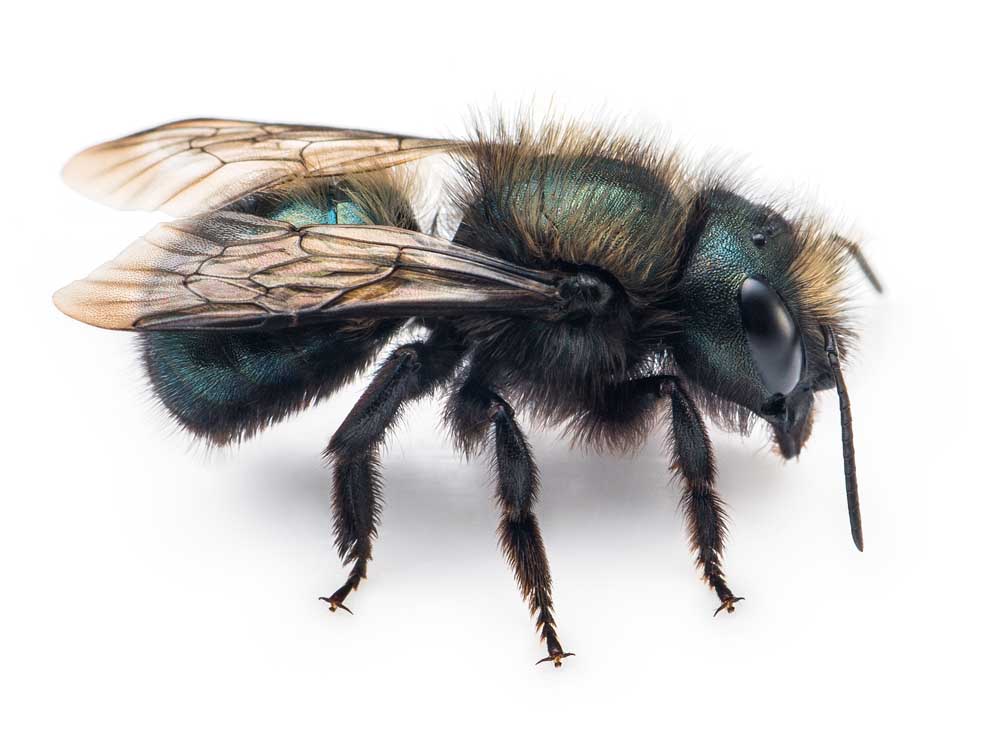Consider mason bees for your garden
Published 12:00 am Sunday, September 15, 2019

- Mason bees are the subject of upcoming programs in Bend and Redmond. (Thomas Shahan/Oregon Department of Agriculture)
Mason bees are one of the pollinators generating increased interest in Central Oregon.
It’s time we learn more about them.
Toni Stephan, Oregon State University horticulture and small farms instructor and master gardener, has been active in organizing beekeeping interest groups in Central Oregon. Her latest project has been to schedule upcoming discussions on “Encouraging Mason Bees to Your Landscape.” The first discussion will be Sept. 26, in Bend. The class will be repeated in Redmond on Oct. 15.
The guest speaker will be Richard Little, OSU Extension Master Gardener and retired entomologist. Little co-edited an OSU publication on mason bees in 2016 and is working with the Oregon Bee Project creating the Oregon Bee Atlas.
It has been estimated there are 500 species of bees in Oregon. There has never been a concerted survey of the state’s bees, making it difficult to know whether the health of Oregon bees is improving or declining. The four-year mission (2018-21) of The Oregon Bee Atlas is to train volunteers to establish records that will eventually be digitized.
My knowledge of mason bees is limited to this: They are some of the first pollinators in the spring and are effective especially for apple, cherry and pear blossoms. I have much to learn and it would be far more beneficial to gain knowledge from local experts than finding it on the “magic machine.”
As with Central Oregon information on vegetable and flower gardening, we need information that is pertinent to our climate. Mason bees are available online — a simple and easy way to shop. The question we need answers to are, would they do well and thrive in our climate? Would we be bringing in diseases or unwelcomed pest larvae?
The mason bees we need should be locally (Central Oregon) sourced, and what better way than to learn how to encourage and cultivate their habitat.
The nesting site is important. Should we place it where we can observe the activity, or where their survival can be better guaranteed? Mason bees prefer to feed on nectar and collect pollen from fruit trees. They also forage on dandelions. You’ll be doing Mother Nature a huge favor by properly disposing of your weed-killer. Mason bees generally travel only short distances from their nesting site for nectar sources (around 200-300 feet is normal). Proper placement of nesting sites is very important. If pollen sources aren’t available, they will not use the nesting site.
What kind of “housing” do they prefer? What color are they? How big are they? Basic questions that need answers from experts.
The good news is that mason bees are different from honeybees, bumblebees and wasps. They differ in color and size. Mason bees are solitary and do not live in colonies or hives like honeybees. They do not produce honey. Mason bees sting only if they are handled roughly or are trapped under clothing.
Mason beekeeping can be a fun hobby for the backyard gardener.
— Reporter: douville@bendbroadband.com







